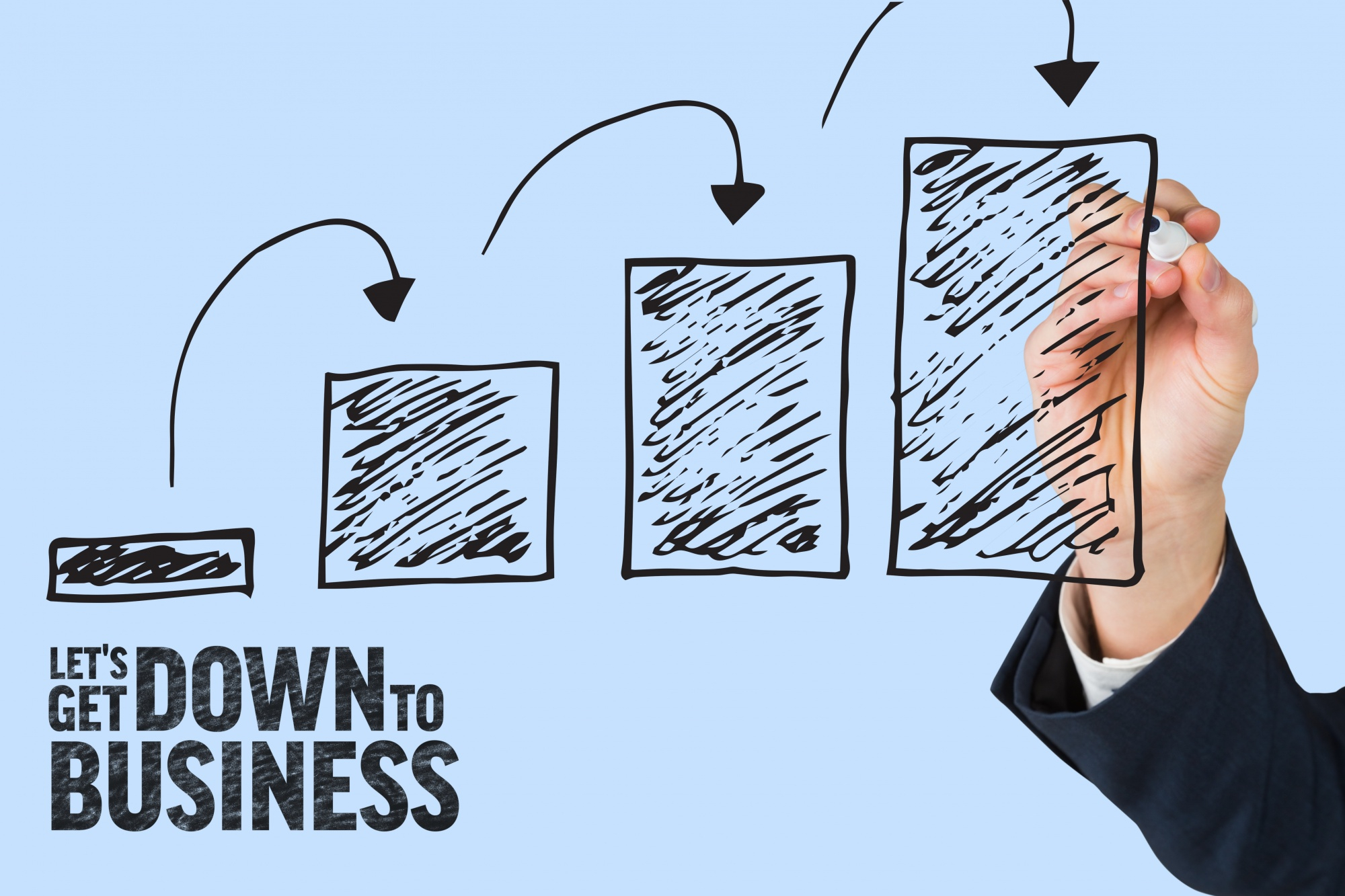Welcome to the Roadmap to Financial Independence series! This journey is designed to help you achieve financial independence, regardless of where you are starting from. In this first episode, we will cover the personal finance basics that are essential for building a strong financial foundation. Whether you’re a student, a working professional, or just starting out, understanding personal finance basics is crucial for everyone
Episode 1: Starting from Scratch
Understanding Personal Finance
Personal finance is all about managing your money wisely. It includes everything from budgeting and saving to planning for the future. Understanding these basics is crucial for building a strong financial foundation.
Key Financial Terms
Before we dive deeper, let’s get familiar with some essential financial terms:
- Income: Money you earn from various sources like a job or side hustles.
- Expenses: Money you spend on necessities (rent, groceries) and non-essentials (entertainment, dining out).
- Budget: A plan for how you’ll allocate your income to cover your expenses and savings.
- Emergency Fund: Savings set aside for unexpected expenses or emergencies.
Creating Your First Budget
Creating a budget is the first step towards managing your finances effectively. Here’s a step-by-step guide to setting up your first budget:
- Calculate Your Income: List all sources of income and total them up.
- Track Your Expenses: Keep a record of everything you spend money on.
- Set Financial Goals: Determine what you want to achieve with your money, both short-term and long-term.
- Allocate Your Income: Divide your income to cover essential expenses, savings, and discretionary spending.
- Monitor and Adjust: Regularly review your budget and make adjustments as needed.
Choosing a Bank Account
When selecting a bank account, consider the following:
- Fees: Look for accounts with low or no fees.
- Convenience: Choose a bank with branches and ATMs near you or good online banking options.
- Features: Look for additional features like mobile apps, budgeting tools, and customer service.
It’s important to be cautious about interest rates and loans. High-interest loans, mortgages, and debts can be destructive, especially for those who are financially vulnerable. Avoiding unnecessary debt and focusing on building a strong financial foundation is crucial for long-term financial health.



Building an Emergency Fund
An emergency fund is essential for financial security. Here’s how to start:
- Set a Goal: Aim to save 3-6 months’ worth of living expenses.
- Start Small: Begin with a small, achievable amount and gradually increase it.
- Automate Savings: Set up automatic transfers to your emergency fund account.
- Keep It Accessible: Choose a savings account that is easily accessible but separate from your regular spending account.
Thank you for joining us in this first episode of the Roadmap to Financial Independence series. We’ve covered the basics of personal finance, key financial terms, how to create your first budget, choosing a bank account, and starting an emergency fund.
In the next episode, we’ll dive into managing your finances more effectively. We’ll discuss tracking your spending, setting financial goals, and strategies for sticking to your budget.
Stay tuned, and let’s embark on this journey together!
If you found this episode helpful, please subscribe to our blog to stay updated with the latest episodes and tips. Don’t forget to leave a comment below with your thoughts and any questions you might have. Your feedback and engagement are greatly appreciated!






